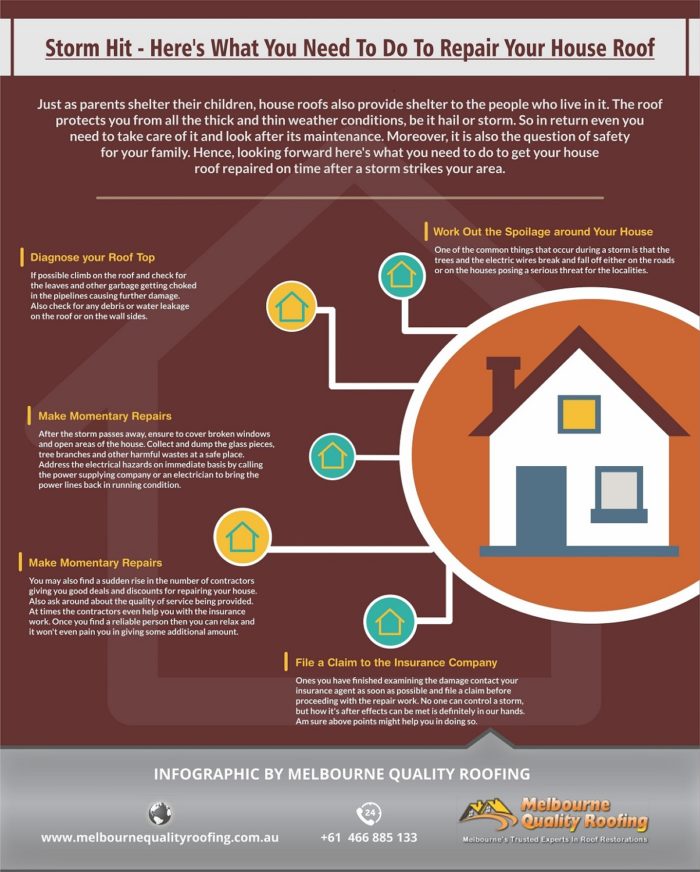Ignoring Roof Covering Air Flow Can Result In Costly Damage; Find Out The Key Elements That Guarantee A Successful Installation And Guard Your Investment
Ignoring Roof Covering Air Flow Can Result In Costly Damage; Find Out The Key Elements That Guarantee A Successful Installation And Guard Your Investment
Blog Article
Material Writer-Lassiter copyright
When you're tackling a roofing project, you might not think much regarding roofing air flow, however it's more vital than you realize. Reliable ventilation helps manage temperature level and wetness in your attic room, protecting against troubles like mold and mildew and structural damage. By understanding exactly how to design and set up a balanced air flow system, you can enhance power effectiveness and extend the lifespan of your roofing materials. So, what are the crucial variables to consider during setup that can make all the difference?
Importance of Roof Covering Ventilation
Roofing ventilation plays a crucial role in preserving the general health of your home. By enabling fresh air to circulate via your attic room, it aids regulate temperature level and wetness levels. This equilibrium is vital to avoid warmth accumulation during warm months, which can result in raised energy prices as your a/c works overtime.
Additionally, appropriate air flow dramatically minimizes the risk of moisture-related issues like mold and mildew and mildew. If moisture levels rise, your home's structural honesty can be endangered, leading to pricey repairs. You wouldn't want to take care of decomposing timber or distorted roof products, right?
Furthermore, sufficient air flow prolongs the lifespan of your roofing system. When warm and moisture are kept in check, your roofing system can perform ideally, protecting against premature deterioration. This means fewer frustrations and expenses down the line.
Exactly How Roof Air Flow Functions
Effective roof air flow relies on the natural movement of air to create an equilibrium in between consumption and exhaust. When you install vents, you're basically enabling fresh air to enter your attic room while making it possible for hot, stagnant air to escape. This procedure helps manage temperature and wetness degrees, avoiding problems like mold and mildew development and roofing damage.
Consumption vents, commonly discovered at the eaves, pull in amazing air from outdoors. Meanwhile, exhaust vents, located near the ridge of the roof, allow hot air rise and departure. The difference in temperature develops an all-natural airflow, referred to as the pile result. As warm air rises, it produces a vacuum that draws in cooler air from the reduced vents.
To enhance this system, you need to make sure that the intake and exhaust vents are correctly sized and placed. If the consumption is restricted, you will not accomplish the preferred air flow.
Likewise, inadequate exhaust can trap warm and dampness, bring about possible damages.
Key Installation Considerations
When installing roofing ventilation, numerous crucial factors to consider can make or break your system's performance. Initially, you need to evaluate your roofing's design. The pitch, form, and products all influence air flow and air flow option. Make sure to select vents that fit your roofing type and local climate conditions.
Next, think about the positioning of your vents. Preferably, you'll desire a well balanced system with consumption and exhaust vents positioned for optimal airflow. Location intake vents short on the roofing and exhaust vents near the top to urge a natural flow of air. gutter cleaners protect against moisture buildup and promotes energy performance.
Do not forget about insulation. Appropriate insulation in your attic room protects against warm from leaving and keeps your home comfortable. Ensure that insulation does not obstruct your vents, as this can hinder airflow.
Lastly, consider maintenance. Pick ventilation systems that are easy to accessibility for cleaning and evaluation. Regular upkeep ensures your system remains to operate efficiently in time.
Final thought
To conclude, roofing system air flow is crucial for an effective installment. By ensuring https://metalroofingpanels28394.tokka-blog.com/33484279/comprehending-roof-costs-crucial-info-for-home-owners , you can avoid warm buildup and moisture concerns that result in expensive damages. When you tactically position intake and exhaust vents, you boost energy effectiveness and prolong the life-span of your roof. Remember, a well-ventilated roofing system not just shields your financial investment but likewise improves your interior air quality. So, prioritize ventilation to make sure a resilient and affordable roofing system for your home.
